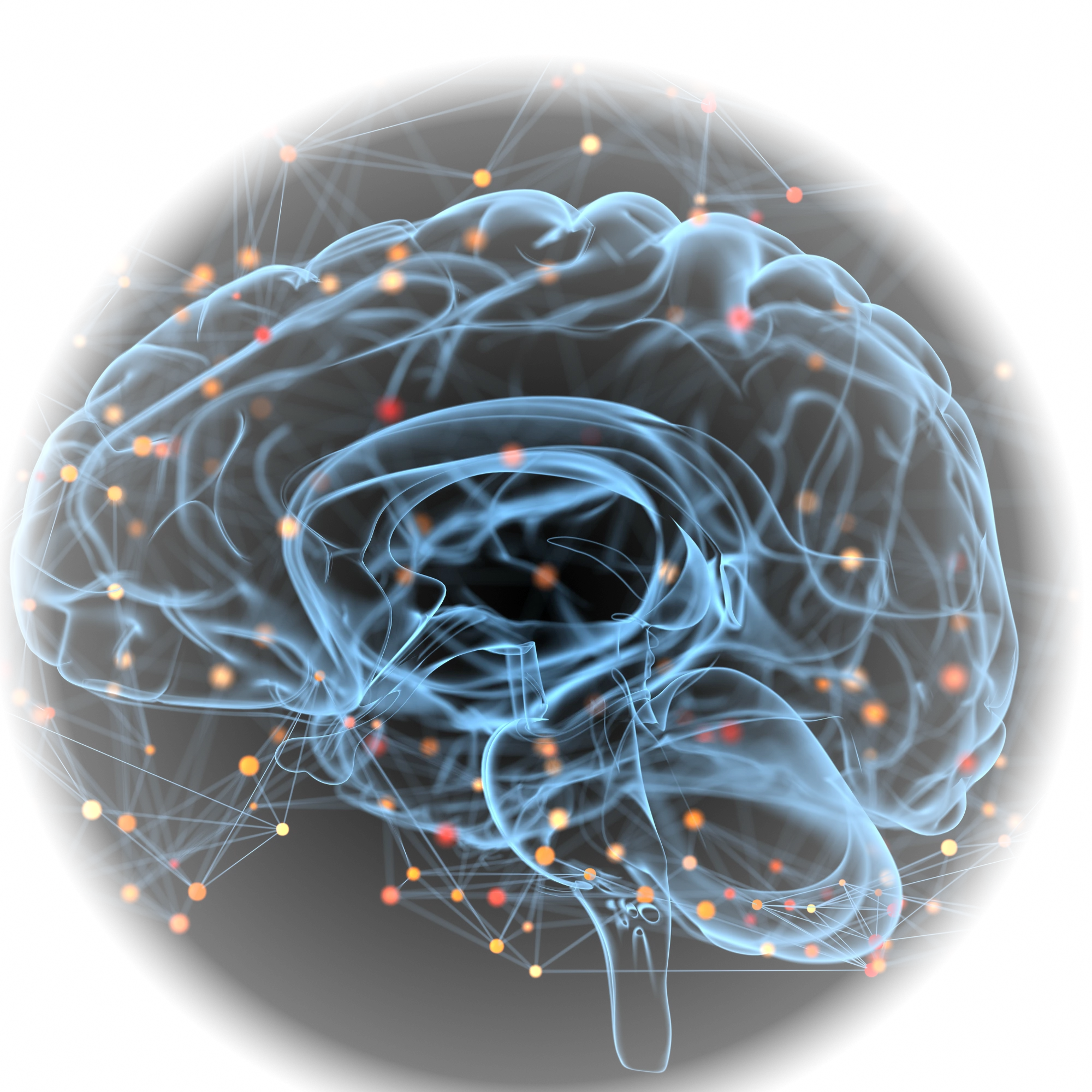Data Analysis and Model Construction
From Data to Mechanism: Building Predictive AI Models for Molecular Insight
From sequencing and assays to structural datasets, we integrate and validate multi-source data into rigorous, interpretable models for scientific discovery

Unify multi-modal data, clarify decisions
Collect sequencing, bioassay (binding/activity), stability/PK, HTS, and structural datasets into a unified schema, and state the question the analysis must answer. Address data provenance and metadata early so downstream results map cleanly back to experiments.
Cleaning, Transforming, and Visualizing Raw Data
Resolve missing values and batch effects, normalize/transform measurements, and run automated integrity/outlier checks. Perform EDA (distributions, correlations, clustering) to reveal preliminary patterns and form testable hypotheses.
Translate complex dataset to simple patterns
Derive descriptors (physicochemical, structural fingerprints), task-specific aggregates, and time-series embeddings. Train statistical/ML or mechanistic models (regression/classification/Bayesian/ensemble), use rigorous cross-validation, and report calibrated uncertainty to support decisions.
Open the black box, quantify what matters
Use partial-dependence, coefficients, and residual analyses to identify variables driving activity, safety, or stability. Integrate computational modeling outputs where useful to connect features with mechanism and convert predictions into actionable scientific insights.
Prove, operationalize, and iterate
Back-test on hold-out batches or external benchmarks and, where possible, run prospective validations. Deploy models via APIs/dashboards, log predictions vs. new results, monitor drift, and retrain on fresh data. Translate insights into the next experimental design to close the learning loop.
Compare pricing
Compare our plans
Depending on system size, compute usage & level of support.
Project Scope | 1–2 systems, low–medium complexity | Multiple systems, high complexity | Long-term support, flexible tasks |
Methods | Basic/diverse docking; short–mid MD; µs-level MD; preliminary ML | Extended MD; FEP/TI; DFT; custom ML/workflows | Priority resources; advisory analysis; ad-hoc studies |
Deliverables | Full report + reproducible workflow (includes quick results + summary) | Complete technical dossier + reusable pipeline | Continuous deliverables with monthly milestones |
Use Cases | Feasibility, lead triage, publication-ready prep | Lead optimization, regulatory/Review-ready submissions | Ongoing R&D and parallel projects |
Customizable Report | Fixed Templates |
FAQ
Expert Insights. Scaled to Your Needs
How does the consulting process work?
Our process follows six steps: Scope Determination → Solution Proposal → Pilot Study → Result Presentation → Evaluation → Finalization & Execution. This ensures transparency and alignment at each stage.
What engagement models do you offer?
We offer fixed-price, milestone-based, time-and-materials, and retainer models, depending on project needs and level of support required.
How long does a typical project take?
Timelines depend on complexity, but small pilot studies can be completed in 2–4 weeks, while full-scale projects usually take 2–3 months or more.
Who owns the results and intellectual property?
Clients retain full ownership of results and foreground intellectual property. We work under NDA and provide clear IP agreements.
What types of systems do you work on?
We work across nucleic acids (natural and chemically modified), proteins, small molecules, polymers, and aqueous or complex chemical systems. Our workflows are adaptable to diverse research questions in biology, chemistry, and materials science.
Can you integrate experimental data into the modeling workflow?
Absolutely. Experimental observations such as binding assays, thermodynamic measurements, or structural data can be used to calibrate, benchmark, and validate our computational results.
How reliable are the predictions?
Our results are supported by validation against reference data, convergence diagnostics, and explicit reporting of uncertainties. We emphasize reproducibility and clearly state limitations alongside predictions.
Can you customize workflows for specific problems?
Yes. Every project is tailored to the client’s system, objectives, and available data. We design flexible workflows that balance accuracy, scalability, and cost.
What deliverables will I receive at the end of a project?
Deliverables typically include a detailed report with figures and tables, curated datasets, and reproducible workflows or scripts. All results are prepared to be publication- or presentation-ready.
Do you work with both academic and industry groups?
Yes. We collaborate with academic labs, biotech startups, and established companies worldwide.
Can you support grant or funding applications?
Yes. We provide preliminary computational results, methods descriptions, and figures that can strengthen the technical case of grant or funding proposals.
Can you scale computations using cloud resources if needed?
Yes. We routinely deploy workflows on cloud platforms for large-scale simulations, ensuring cost-efficiency, scalability, and secure data management.
Connect. Collaborate. Grow.
Be part of a growing community of molecular modeling and simulation. Share insights, discuss strategies, and stay updated with the latest trends.
